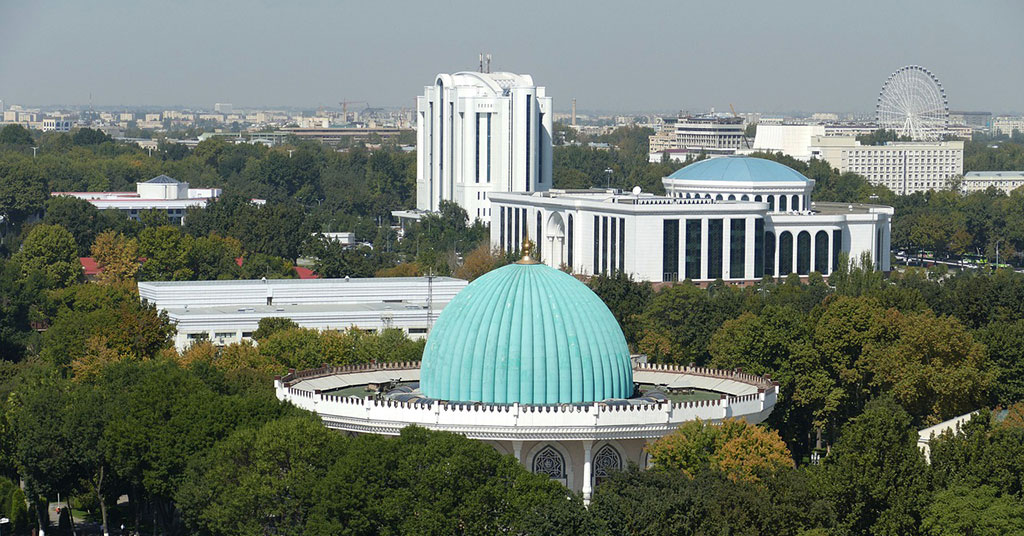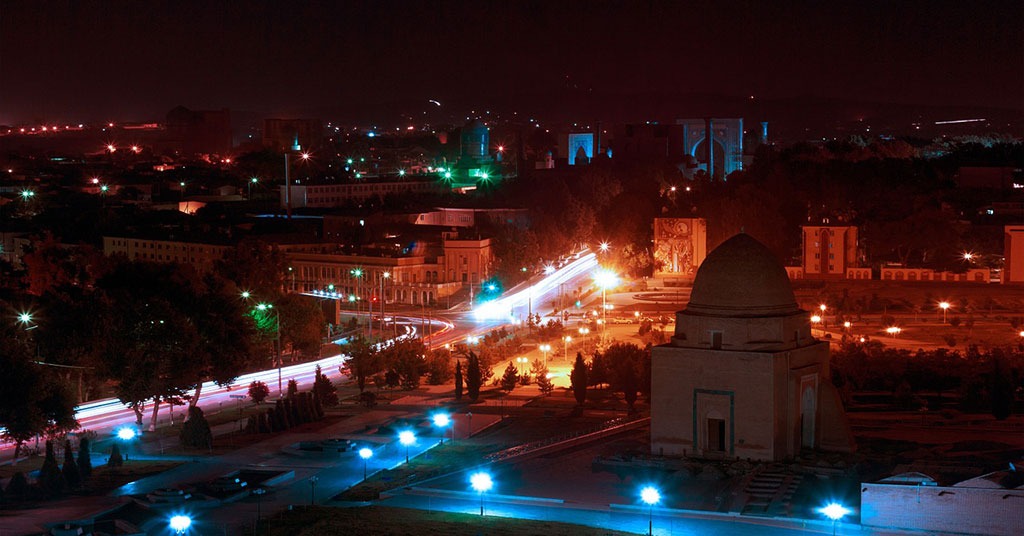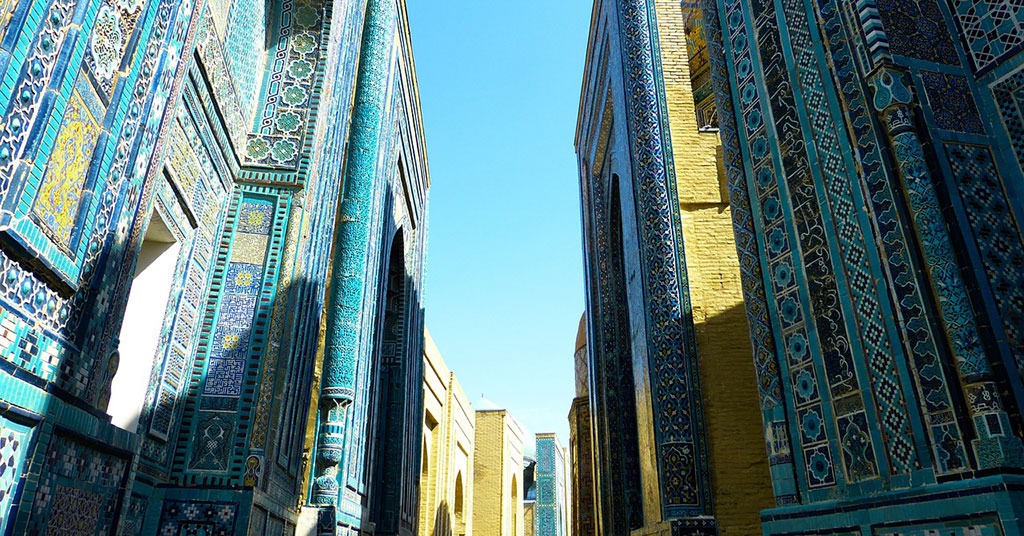Find out how to pay in Uzbekistan and which payment methods Uzbek residents prefer

How to pay in Uzbekistan: facts on the country’s payments market. Source: pixabay.com
Today PaySpace Magazine would like to talk about Uzbekistan. As you can see from the headline, the payments market, financial and payment nuances, and other related things are the areas of most interest. Publishing this article, we continue our series of articles about the payment market in different countries.
SEE ALSO:
- How to pay in Brazil: facts on country’s payments market
- How to pay in India: facts on country’s payments market
- How to pay in Georgia: facts on the country’s payments market
As for me, Uzbekistan is one of those countries, whose name you’ve surely heard (and even know an approximate location of it), but never heard about it in terms of news or geopolitical affairs and scandals. Such a country is not a “frequent flyer” when it comes to international headlines and hot news. However, you’ll be surprised, but lately, Uzbekistan has gone through so many changes, if we are talking about the payment sector, and it is still an ongoing process.
Uzbekistan is one of the oldest regions of Central Asia, and it is mostly known for its extensive history. About 2000 years ago, such world-famous cities as Bukhara, Samarkand, and Khiva already existed. Moreover, any avid traveler will agree that “Samarkand” (one of the most ancient cities in the world) is the first thing that pops to mind when Uzbekistan is mentioned. In addition to archaeological and historical monuments, Uzbekistan has a rich and diverse natural world: deserts with sands and dunes, the spurs of the Tien Shan and Pamir-Alai mountains, densely covered with juniper forests, etc. Uzbekistan can offer different kinds of activities for a wide variety of types of tourism: hiking, ecotourism, skiing, freeriding, rafting, fishing, and safaris.
As for the economy, agriculture, minerals, and mining are the basis of Uzbekistan’s economy. Furthermore, the republic ranks 4th in the world for its gold reserves, and 7th in terms of its mining.
What’s more, the Republic of Uzbekistan became the “country of the year” in 2019 according to the British magazine The Economist. Experts of the magazine highlighted the reforms that President Shavkat Mirziyoyev initiated in early 2018.
Uzbek market basics
Today, around 33.9M people live in Uzbekistan. According to internetlivestats.com, as of 2016, more than 51% of the population had internet connection (given the total population was about 30M). According to datareportal.com, as of 2019, around 15.45M Uzbeks used the internet, which means internet penetration is 47%. Other reliable sources have similar figures (somewhere between 48% and 52%), so we can say internet penetration in Uzbekistan is about 48%-51%.
According to Newzoo’s Global Mobile Market Report, in 2018, 31.3% of Uzbekistan residents (approximately 10.1M) had smartphones. On the other hand, datareportal.com claims that the number of mobile subscriptions in Uzbekistan was estimated to exceed 24.8M, which is 76% of the population. Of course, this data doesn’t answer the smartphone penetration question, but helps to see the overall picture. Moreover, 2M people are active social media users, and half of them use mobile devices to access social networks. The total number of active mobile internet users is 7.73M, while the top 5 most visited websites according to Alexa ranking are google.com, mover.uz, yandex.uz, mail.ru, and yandex.ru.
According to data.worldbank.org, GDP per capita PPP in Uzbekistan is $8,556, even though different sources (such as tradingeconomics.com or indexmundi.com) have different figures as well, and they vary from $6,800 to $8,300.
Payment methods
As of 2019, the most popular payment options in Uzbekistan were:
- Credit cards.
- Qiwi wallet, one of the most widely used payment systems across CIS countries.
- Web Money, an eWallet that works with multiple currencies (as well as Bitcoin).
- Mint, offering prepaid cards as a secure and intuitive cash payment option.
Although the new reforms are aimed towards online/mobile/electronic/contactless payments, as of today, Uzbekistan is considered as a rather conservative country in terms of the newest payment methods. Most payments are still carried out via cash and banking cards. Local citizens also use prepaid cards, mobile payments, and eWallets, but this is still a smaller part of the payments market.
In Uzbekistan, tourists can pay for goods/services with Visa or MasterCard international plastic cards. But keep in mind, you will not be able to use credit/debit cards outside of deluxe restaurants and hotels in Tashkent, Samarkand and Bukhara, so be ready to carry some cash on you. It will not be a problem to find an ATM in a big city (as well as at airports, hotels, and major tourist sites), but it can be an issue in small towns.
Alternative payment methods

In Uzbekistan, tourists can pay for goods/services with Visa or MasterCard international plastic cards. Source: pixabay.com
This is what you can use in Uzbekistan when it comes to payment gateways and payment acceptance:
- 2Checkout
- BitPay
- Coinbase Commerce
- GoCoin
- Splitit Monthly Payments
Leading payment services in Uzbekistan
Payme
Payme is one of the most used payment service providers in Uzbekistan that supplies high-quality payment solutions to its 1.3M clients. It handles utility payments, P2P transfers, loan repayments, mPOS for QR-based payments and ecommerce purchases. Moreover, it provides a marketplace platform for loans from certain Uzbek banks.
Octo
Octo is a relatively new, but already popular payment service that allows accepting online payments carried out on a website or in a mobile application in real-time using cards of international payment systems: Visa, Master Card, Union Pay, JCB, “MIR”, as well as “Yandex. Money”, and Qiwi.
Click
CLICK is a payment platform and a tool for managing bank accounts through plastic cardholders in Uzbekistan.
The platform allows users to manage multiple bank accounts and carry out payments without going to the bank branch. CLICK is accessible via the internet, smartphone application, or USSD. Possible payments include mobile recharge, landline telephone charges, internet service providers, cable television, & other services.
CLICK has also launched new payment options, which enable payments in shops and restaurants without the need for terminals or cards.
UPAY
UPAY is a payment platform and a technology service provider (TSP) to banks. Like CLICK, UPAY links plastic cards to payment services.
Moreover, UPAY provides a common online banking portal for banks with some level of customization.
As for payment services, UPAY also offers mobile recharge, landline telephone charges, internet service providers, cable television, & other services. The platform is available through the internet, USSD, and smartphone platforms.
UPAY is a Payment Card Industry Data Security Standard (PCI DSS) certified system, so clients won’t have to worry about personal data security.
Paynet
Paynet is the only payment platform in Uzbekistan with a dealer network. Paynet has been operating since 2006. As of today, Paynet has the right to accept cash payments through its dealers/agents. Mobile recharge is the most popular payment.
Paynet partners with banks as well so that all bank branches function as Paynet agents, thus, they are able to accept payments.
E-commerce

E-commerce is still underdeveloped in Uzbekistan, but the situation can change very soon. Source: pixabay.com
E-commerce is still underdeveloped in Uzbekistan, but the situation can change very soon. In May 2018, the Uzbek President signed a decree “On measures for the accelerated development of e-commerce”, and approved the “Program for the Development of E-commerce in Uzbekistan for 2018-2021”. It is expected to boost the market significantly. Nonetheless, today it’s still hard to find official numbers on the market value or revenue. According to datareportal.com, as of 2019, 7.1% of Uzbeks made online purchases or paid bills online.
How to pay
Uzbekistani so’m is the national currency of Uzbekistan and the only legal means of payment. It was put into circulation in 1994.
The subunit of so’m is tiyin.
Current coins are: 1, 3, 5, 10, 20, 50 tiyin and 1, 5, 10, 50, 100, 200, and 500 so’m;
Current banknotes are: 1, 3, 5, 10, 25, 200, 500, 1,000, 5,000, 10,000, 50,000, and 100,000 so’m;
As of today, banknotes and coins of up to one hundred so’m are practically out of use.
SEE ALSO:









